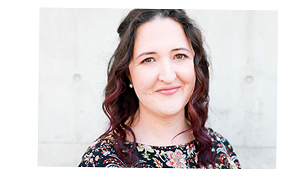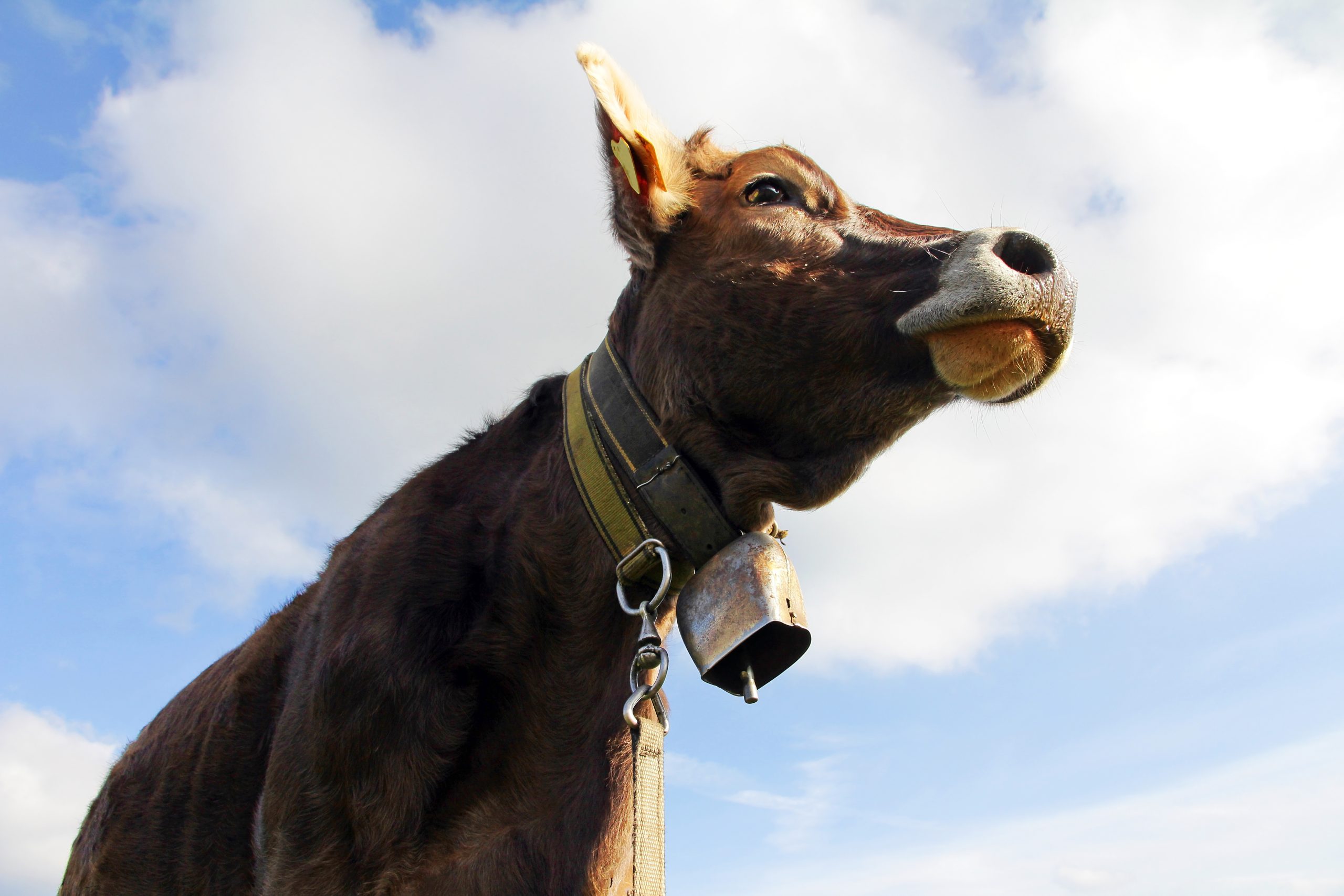It has been 25 years since Media Watch first alerted Australians that the original influencer John Laws might be receiving cash for comments he was making on air on his radio station 2UE.
The legal ramifications were large fines for 2UE, the resignation of the head of the Australian Broadcasting Authority, David Flint, and a clearer delineation between the airing of opinions by a radio personality (like Laws) versus a journalist. Laws didn’t lose his job but the Media Watch team won the Gold Walkley award that year for excellence in journalism with the aired television recording of such cultural significance is has been kept by the NFSA.
Laws’ cowbell and the cash for comments scandal will not mean much to Gen Y & Z. At the time, through the 80s and 90s, Laws and Alan Jones were so powerful they could enhance a brand (Valvoline for example), shape public opinion and election results and were seen as being voices representing regular Australians.
I take this trip down memory lane because Emily Copeland’s recent presentation at RadioDays Europe 2024 is still resonating with me.
She said, in research conducted before the establishment of youth DAB+ station CADA, of which she was General Manager, that Gen Z:
- Dislike ads but don’t hate advertising
- Are always searching for content
- Can find commercial radio anxiety inducing
- Trust certain content creators more than traditional media
As a result of the above CADA employed content creators, not trained radio presenters, who had a significant social media following and presence. The contracts offered were flexible so that existing sponsorship relationships the creators had, and future ones, could be integrated into their on air role with CADA, or not, if it was against their “brand”.
I want to compare this scenario to the employment of Jacqui Felgate by Melbourne’s 3AW last September. Felgate, who has 320K followers just on Instagram, was immediately in hot water because Nine Radio didn’t declare all her many and varied commercial partnerships. Felgate is a journalist, Nine has rectified the situation but every day she does her Drive show she must have to think very carefully before she discusses anything even as trivial as how she got to work or what she cooked for dinner lest it not seem impartial.
The CADA experiment was abandoned after two years, with only K-Sera being retained of the original lineup. I probably also don’t need to mention that most Australian ABC presenters have a disclaimer on their X accounts that “views expressed are their own”.
Over the Easter weekend I was a passenger in the car across several shopping journeys responsible for the music selection. Every time we got back in the car it would drop my Spotify playlist and revert to the local FM radio station. Invariably they were playing a cool song but as soon as it hit an ad break or catchup replay I would switch back to Spotify again.
We’ve also been binging old episodes of Masterchef, which means we have to sit through ad breaks on 10 play. I’ve been astonished at how little variation there is (so many ads for dishwasher tablet brands followed by a car manufacturer). Half were plugs for other Network 10 shows.
Finally, this morning I went to post a Radioinfo story onto LinkedIn. Up popped a message from a guy called Brad (not his real name) saying,
“Don’t worry, I’m not here to sell you anything! I know how many crappy copied and pasted sales pitches must be in your inbox haha!”
Then, of course, he offered to send me a ‘free’ something not at all aligned to my interests and showing exactly how he must be copying and pasting the same offer across the LinkedIn board.
I realised, as I deleted him, how much I now identify with Emily Copeland’s research findings of Gen Z, even though I’m old enough to parent that group.
I find I generally don’t mind reading or listening to someone’s paid sponsorship post or message, especially if I like the personality or have an interest in the product. Regular or unsolicitied advertising now just wash over or irritate me and, while I appreciate the premiums attached to a live read, it’s not the same as the bespoke experience some brand ambassadors now offer.
There has to be a middle ground between cash for comment cowbells and allowing our big-name radio identities to align with products and services that speak personally to their brand.
ACMA commissioned a review of literature and research into impartiality and commercial influence in news in Australia that was released just prior to the pandemic and is an interesting, and logical, read. 10 years earlier they also released an issues paper which showed that 75 per cent of Australians believed advertising should be clearly distinguishable from other content, but also that 60% understood that commercial radio is a business.
Radio will live and die by its advertising revenue. Big businesses are more and more turning to recognised names, social media and content creating influencers to get their brand message across instead of traditional radio or television stations or print media formats. John Laws realised this 25 years ago.
If a radio presenter is allowed spruik their sponsorships deals online, separate to their on-air contract, because of impartiality or conflicting arrangements with similar station advertisers, their network misses out on any share of the associated revenue. What surely would work better is something similar to where CADA was headed: flexible contracts where individual talent can align with businesses directly as an employee of X network too, and spread that message across on air, socials, podcasts and all their other associated spaces of radio “work”.
Because we are constantly on the hunt for information and content there will always be a place for radio advertising when someone is looking for a new bed or car, a special deal or something to do this Saturday night.
What radio has yet to find is a way of integrating the increasing tendency of not just Gen Z to trust in certain content creators more than traditional media. Beyond a live read.
I think we all can accept that someone can be an award winning and impartial journalist and still have favourite products, destinations and food. Aligning business advertising with individual radio people and their unique brands and personalities surely is essential to broadcast’s survival. Podcasts are embracing this. It’s working out a seamless way “how”, without involving complicated disclaimers, ACMA intervention, or cowbells.



Back in the day, it was quite common for major radio personalities to have a clause in their contracts that allowed them to use a certain amount of air time for their own purposes - such as doing a deal with the local Mercedes outlet to supply them with a vehicle in return for a few plugs on air.
Cash for comment went way beyond that when it was found that one top personality (who shall remain nameless) was talking up Company A while actively rubbishing their competitor, Company B, without telling the audience that he was getting paid to do so.
In another incident, a similarly high profile presenter, who was running an on-air crusade against the big banks for their unfair practices suddenly changed his mind from one week to the next. Unbeknownst to his listeners, one of the banks had set up an account for him, preloaded with a nice balance.